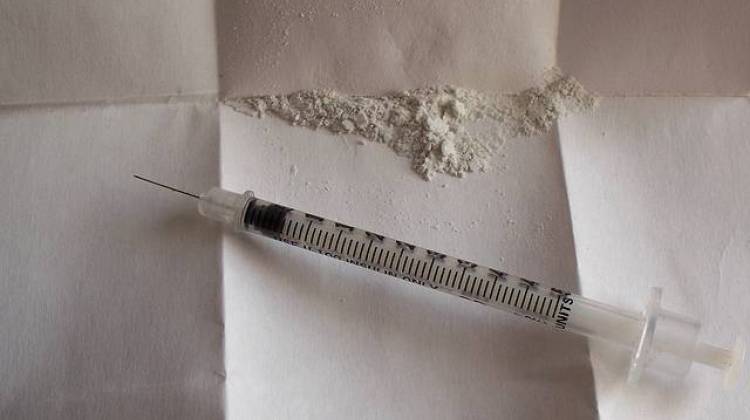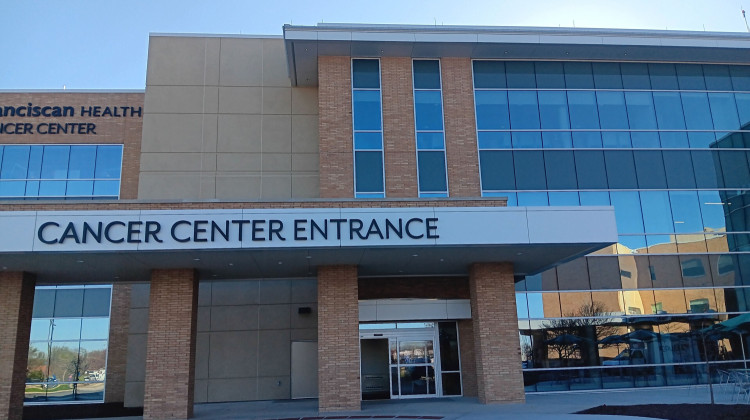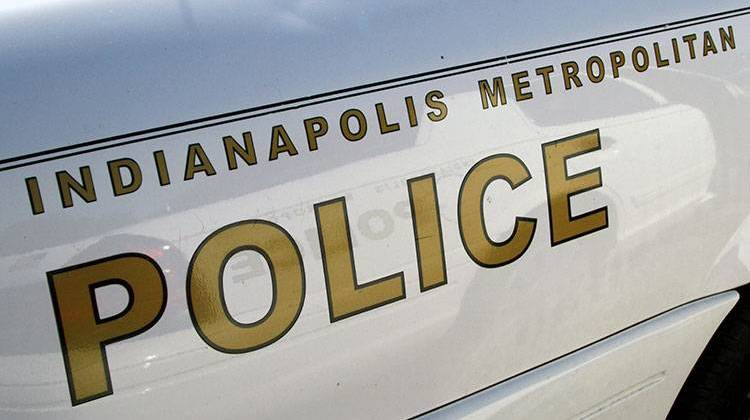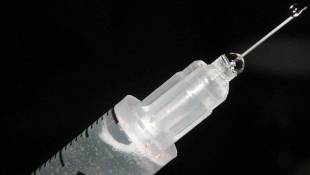Today’s heroin trade in Indianapolis and so many other places is different from the drug’s first introduction a few decades ago.
It’s difficult to even pin down the typical user, says Indianapolis Metropolitan Police Department branch commander David Allender. "It’s everybody. We are seeing usage is all spectrums, all demographics," he said.
Heroin’s popularity is being fueled by the abuse of prescription painkillers. Pharmacy robberies to get ahold of those pills are common here. Studies show most users start with pills before switching to heroin. Strong painkillers, like Opana, have a similar chemical makeup. And provide a similar high.
"It’s a short step from there to heroin," Allender said. "Pretty much, if you can’t get one, you can use the other. And in today’s world, heroin is cheaper."
Enough heroin to get high goes for $10 to $15 on the street, compared to an opioid like Opana, which can cost north of a $100 for a pill. And compared with the heroin from Southeast Asia that hit the streets in the 1970s, today’s supplies from Mexico and South America are significantly more pure.
The Drug Enforcement Agency’s Sean Yauger oversees the illicit drugs team at the agency’s Indianapolis field office. They started focusing on heroin a few years ago.
"We prioritize heroin because people are dying from it. Communities are talking about it," he said in an interview.
Yauger says it’s challenging for the DEA to stay on top of heroin. The ease at which users can switch between heroin and prescription pills creates a cat and mouse game for police. Crack down on one, and demand increases for the other. And because heroin addicts need to get high every day, there’s steady demand.
"The main differences with heroin, to me, than other drugs, is the constant sale of ‘I sell to you today, I’m most likely going to see you tomorrow,’" Yauger said.
Yauger says it’s more complex than selling cocaine or meth. "It’s a drug that demands a certain discipline of sale, because it’s more businesslike than other drugs," he said," because they’re selling to repeat customers.
The IMPD’s Allender says his officers are seeing larger quantities of heroin moving through the city, driven by changes in trafficking tactics.
"A few years ago, everything was ounces, if you will," said Allender. "If we got a few ounces off of a target, we had a high level target, for here. Today’s world, it’s kilos."
In a recent bust, IMPD seized 21 kilos of heroin from a stash house, along with nearly $2 million in cash. Allender says Central American drug cartels are more often bringing drugs directly to Indianapolis, instead of dealers having to make the trip south. Easier distribution means lower prices.
Both Yauger and IMPD’s Allender say law enforcement is only one part of stopping heroin’s scourge.
"We can only do so much. We can put people in jail, period," said Allender.
Education to deter use, and treatment to get people off of heroin needs equal weight and resources with police actions. Yauger says arrests are up and seizures are up too, as they prioritize heroin, but he hesitates at first to say if they’re making a definitive impact.
"I think so, I mean I hope so. But a lot of what we do, all these studies that occur," adding, "yes, we are making headway, I’m confident in that. But a lot of the studies that will be done, they lag."
Arrest numbers offer just a snapshot of law enforcement’s efforts. And Yauger says it could be a long time before they know the effects of this crackdown on heroin.
 DONATE
DONATE







 View More Programs
View More Programs


 Support WFYI. We can't do it without you.
Support WFYI. We can't do it without you.